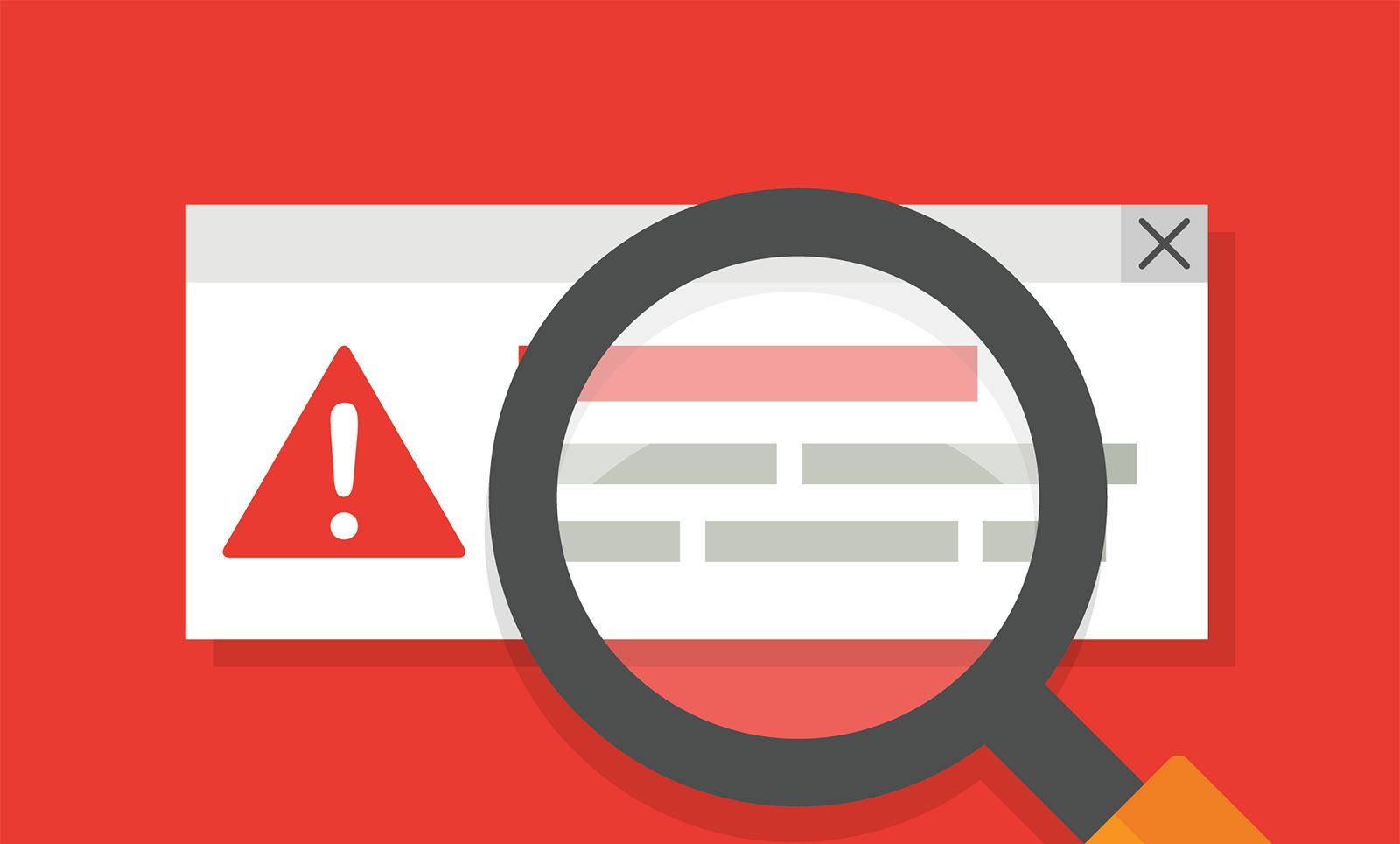As miscreants routinely hijack thousands of vulnerable web servers weekly for cheap hosting and traffic acquisition, security services have turned to notifications both to alert webmasters of ongoing in- cidents as well as to expedite recovery. In this work we present the first large-scale measurement study on the effectiveness of combinations of browser, search, and direct webmaster notifications at reducing the duration a site remains compromised. Our study captures the life cycle of 760,935 hijacking incidents from July, 2014 June, 2015, as identified by Google Safe Browsing and Search Quality. We observe that direct communication with webmasters increases the likelihood of cleanup by over 50% and reduces infection lengths by at least 62%. Absent this open channel for communication, we find browser interstitials while intended to alert visitors to potentially harmful content correlate with faster remediation. As part of our study, we also explore whether webmas- ters exhibit the necessary technical expertise to address hijacking incidents. Based on appeal logs where webmasters alert Google that their site is no longer compromised, we find 80% of operators successfully clean up symptoms on their first appeal. However, a sizeable fraction of site owners do not address the root cause of compromise, with over 12% of sites falling victim to a new attack within 30 days. We distill these findings into a set of recommendations for improving web security and best practices for webmasters.
Remedying web hijacking notification effectiveness and webmaster comprehension
| Available Media | Publication (Pdf) |
| Conference | Word Wide Web (WWW) - 2016 |
| Authors | Frank Li , Grant Ho , Eric Kuan , |
| Citation |



